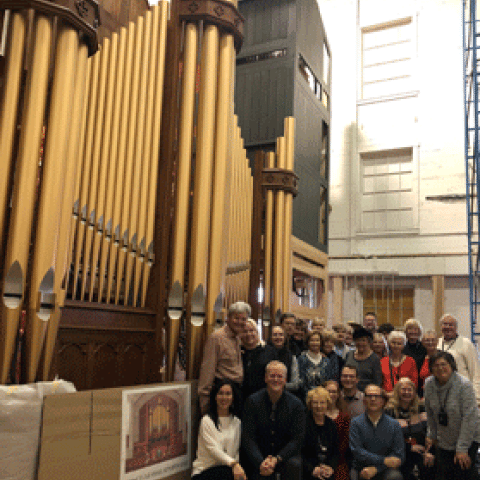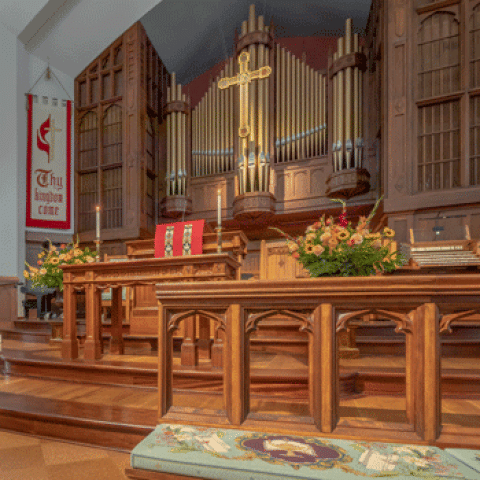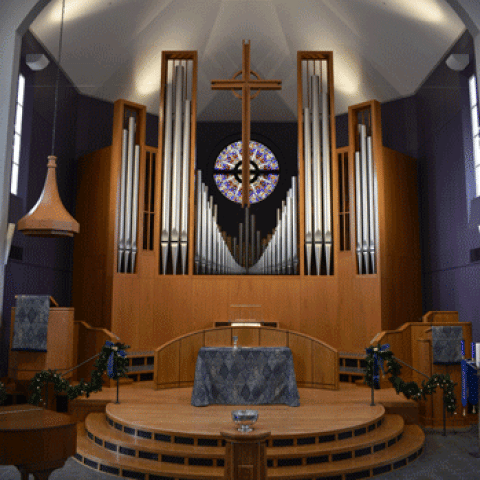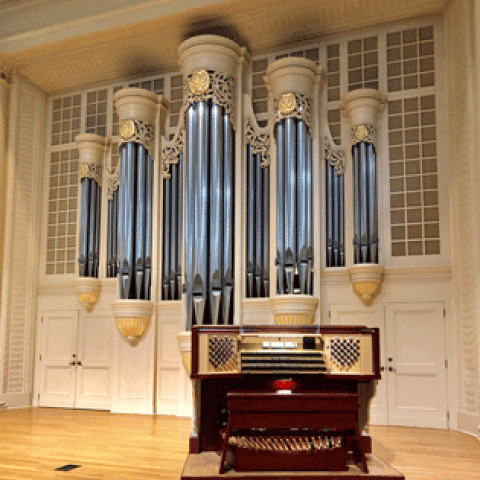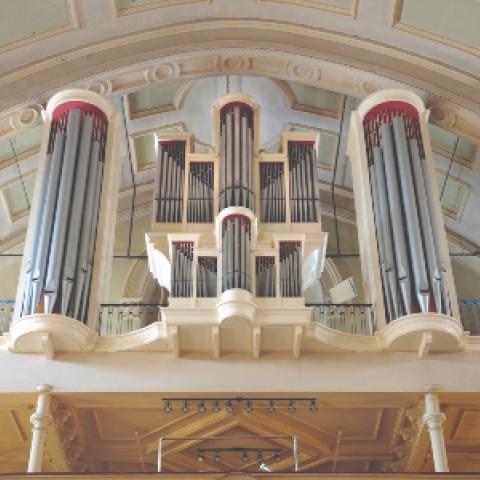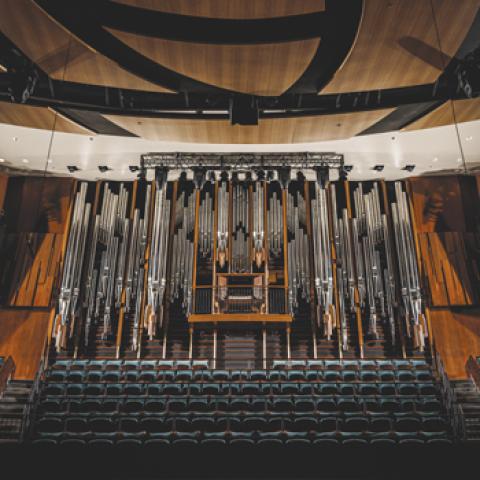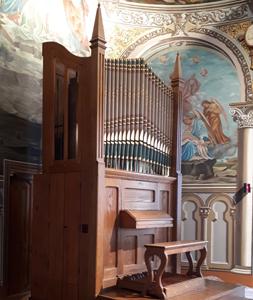
In December, Pierre-Paul Ruiz, project director for Casavant Frères, Limitée, Saint-Hyacinthe, Québec, Canada, played the inaugural recital on the builder’s new organ at the Strait Culture and Arts Center, Fuzhou, China. This instrument, Opus 3920, is the firm’s third concert hall organ in China. The four-manual instrument features a mechanical-action console with a second electric-action console.
Just prior to this event, Casavant reinstalled its Opus 9 in Monastère des Soeurs du Précieux-Sang, Saint-Hyacinthe. Built in 1885, this is the oldest extant Casavant organ, and it was restored by the builder.
For information: www.casavant.ca.

